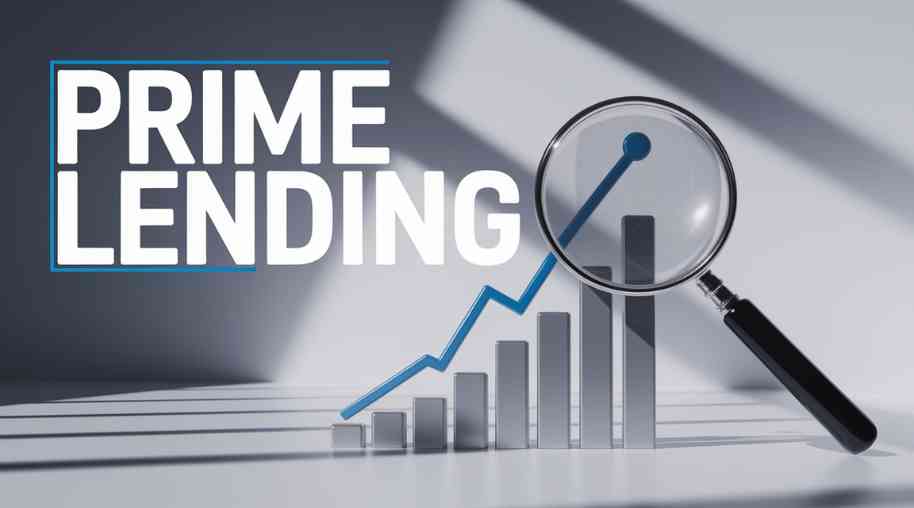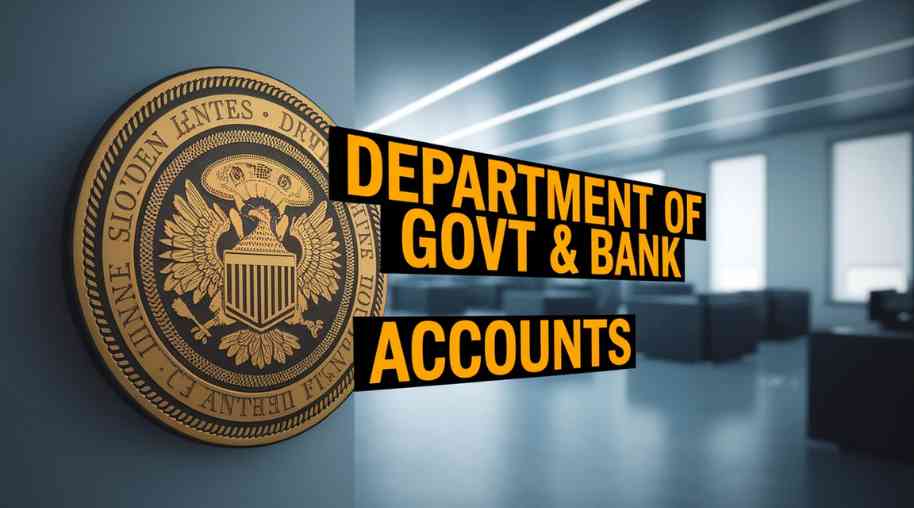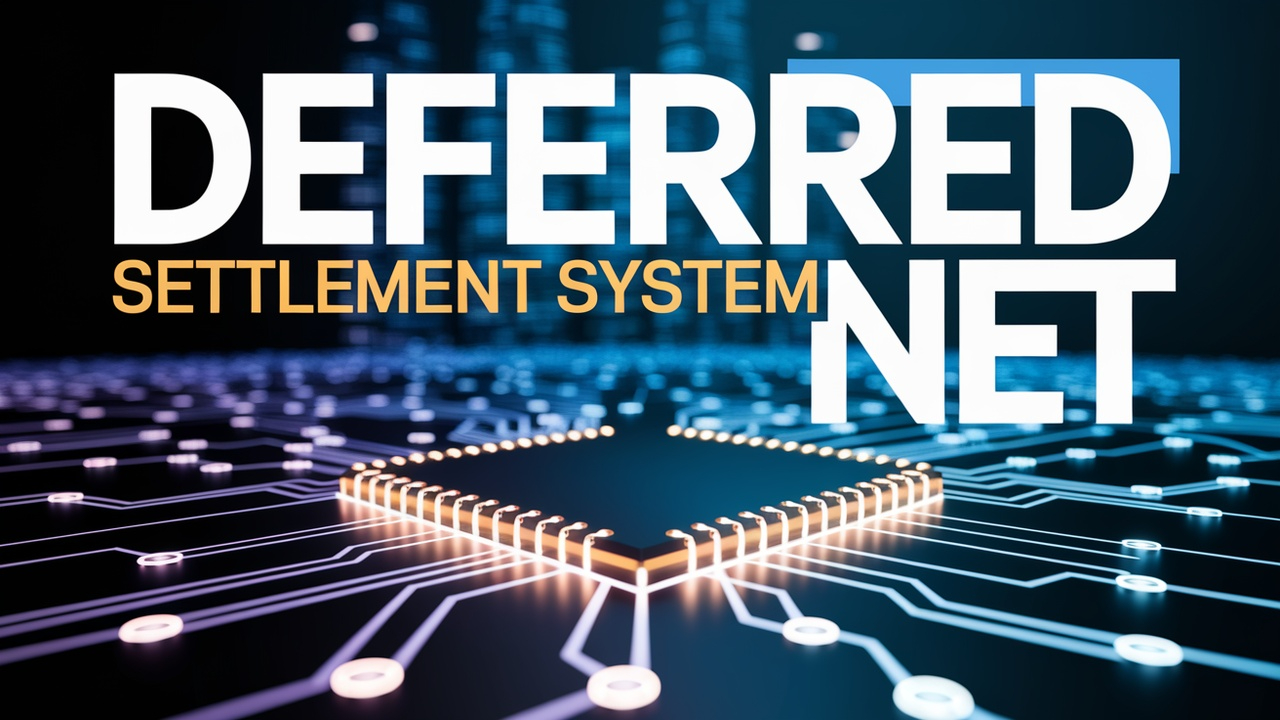PLIs Full Form-Prime Lending Institutions
by Shashi Gaherwar
0 1522
Prime Lending Institutions: Role, Importance, and Impact on the Economy
Prime Lending Institutions are pivotal in the financial ecosystem, providing credit to individuals, businesses, and governments, fostering economic growth, and ensuring financial stability under regulatory oversight.

This article explores the types, functions, regulation, impact, and challenges of Prime Lending Institutions.
What Are Prime Lending Institutions?
Prime Lending Institutions are authorized financial entities, including commercial banks, NBFCs, and development institutions, offering loans for housing, business, infrastructure, and personal needs at competitive rates, regulated by the RBI and other authorities.
Types of Prime Lending Institutions
Key types include:
- Commercial Banks: Public (e.g., SBI), private (e.g., HDFC Bank), and foreign banks offering diverse loans, adhering to RBI norms.
- Non-Banking Financial Companies (NBFCs): Provide vehicle, consumer, and microfinance loans with flexible norms under RBI oversight.
- Housing Finance Companies (HFCs): Specialize in housing and mortgage loans (e.g., HDFC Ltd.), regulated by NHB.
- Development Financial Institutions (DFIs): Fund long-term projects (e.g., SIDBI, NABARD) for industrial and agricultural growth.
- Cooperative Banks: Serve rural areas, focusing on agriculture and small businesses.
Functions of Prime Lending Institutions
Prime Lending Institutions perform:
- Credit Provision: Offer loans for diverse financial needs, supporting economic development.
- Interest Rate Regulation: Align lending rates with RBI policies, influencing inflation and credit flow.
- Financial Inclusion: Extend services to underserved populations via rural banking and microfinance.
- Risk Management: Assess borrower creditworthiness and manage assets for sustainable lending.
How RBI Regulates Prime Lending Institutions
RBI oversight includes:
- Monetary Policy: Sets repo rates impacting lending rates.
- Reserve Requirements: Mandates CRR and SLR for financial stability.
- Credit Monitoring: Tracks lending to prevent NPAs and financial risks.
- Priority Lending: Enforces credit allocation to agriculture, MSMEs, and weaker sections.
Impact of Prime Lending Institutions on the Economy
Prime Lending Institutions contribute by:
- Economic Growth: Fund industries, infrastructure, and entrepreneurship.
- Inflation/Liquidity Control: Manage money supply via interest rate policies.
- Employment: Support job creation through business and skill development loans.
- Financial Stability: Ensure systematic credit flow and risk management.
Challenges Faced by Prime Lending Institutions
Challenges include:
- Non-Performing Assets (NPAs): Loan defaults threaten stability.
- Credit Risk: Assessing reliable borrowers is complex.
- Regulatory Compliance: Frequent policy changes disrupt operations.
- Fintech Competition: Digital lenders challenge traditional models.
Prime Lending Institutions drive economic progress through credit access, financial inclusion, and infrastructure support. Addressing NPAs and adapting to digital trends will ensure their continued role in sustainable development.
Further Learning Resources
If you’re passionate about building a successful blogging website, check out this helpful guide at Coding Tag – How to Start a Successful Blog. It offers practical steps and expert tips to kickstart your blogging journey!
For dedicated UPSC exam preparation, we highly recommend visiting www.iasmania.com. It offers well-structured resources, current affairs, and subject-wise notes tailored specifically for aspirants. Start your journey today!

Share:








Comments
Waiting for your comments